deepeye.hu
Astronomical Drawings of Peter Kiss
Astronomical Drawings of Peter Kiss





This had been my biggest project until I finished it. I simply had to draw the iconic nebula of the northern summer Milky Way, the North America Nebula.

Great part of the nebula fits into one field of view and it is very spectacular. The nebula is pretty bright at the "Gulf of Mexico". The Pelican Nebula is relatively easy to spot as well. South of these, the fragments of the Cygnus Arc are very faint and unsure.
This is a panorama drawing, that is it covers a greater area than the field of view of the telescope. Therefore I drew 28 stars into the sketch from Uranometria (it is impossible to draw precisely across fields by the telescope). Part of these stars are outside the frame of the drawing above.
It is worth comparing the drawing and the photo, perhaps even by identifying individual stars. A characteristic "asterism" is visible at the center, right of the Gulf of Mexico: a couple of stars form a miniature version of the Orion constellation. Furthermore it is visible that the nebulous areas are not precise everywhere in the drawing. And that visually it is hard to distinguish between dense areas of the milky-way and real diffuse nebulae.
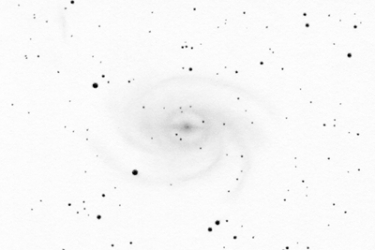
Pavo galaxy
The grand spiral galaxy of Pavo
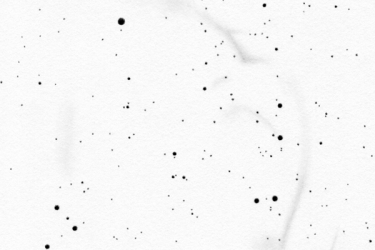
Panorama drawing
Huge and faint supernova remnant in the southern sky
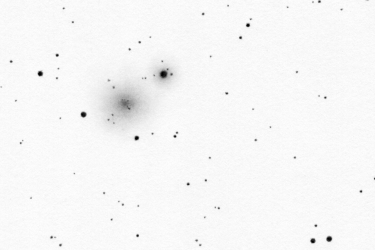
Centaurus globular cluster
The second globular in Centaurus

Apus globular cluster
Globular cluster close to the Southern celestial pole
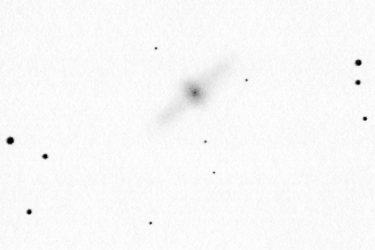
Centaurus galaxy
Polar ring galaxy
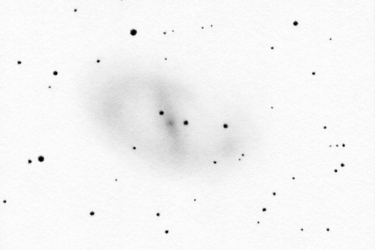
Ara galaxy
Barred spiral galaxy in the thick of the Milky Way